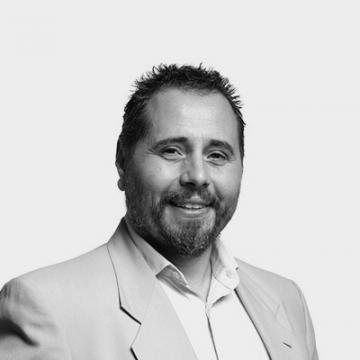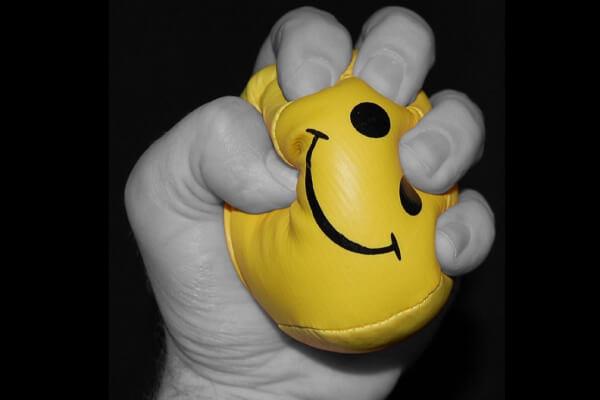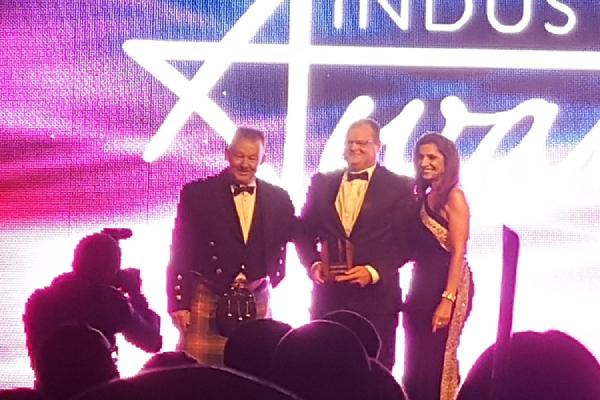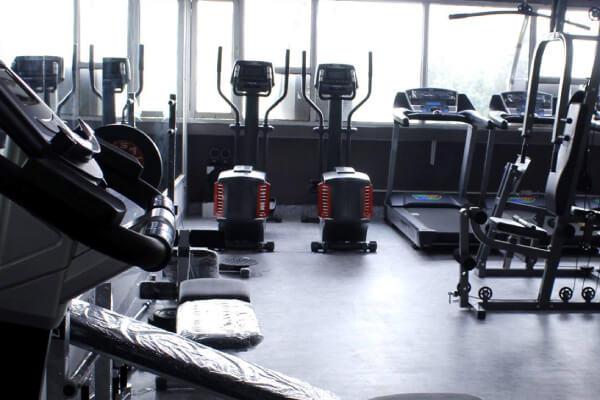“It Lives… It Lives!” – or does it?

Mary Shelley’s gothic horror Frankenstein is a remarkable work in many ways and widely considered to be one of the first examples of the science fiction novel. The story of Frankenstein is well known: Victor Frankenstein, the idealist student, sets out to create a beautiful, immortal super-human. He goes about his grisly task by stitching together the body parts of corpses and running the ‘fluid of life’ through them, but instead of creating the perfection he dreamed of, creates a monster.
With modern scientific knowledge we can look back and smile. We understand it takes more to create and sustain life than simply bringing together disparate body parts, running a current through them and then expecting the system to work perfectly. This may seem self-evident when it comes to human beings, but what about cultures? What about safety cultures?
Creating a sustainable safety culture, just like any other culture, requires the system to be looked at in its totality. Viable safety cultures cannot be stitched together from disparate parts and expected to live healthily. Consider asking the question “What are our company’s ‘real’ values when it comes to safety?” Ask this question of management, ask this question of procurement, ask this question of the people at the workface. Would you get the same answer? Very often within organisations priorities, with regards to safety, change with departmental demands or perceptions. Now consider the added complication of companies involved in contracting, sub-contracting and Joint Ventures for large projects. How easy is it to create unity from disparate parts?
If cultural values are not compatible and elements do not align, if the same veins do not run unbroken throughout the body of an operation, a spark or two may stimulate certain parts to twitch, but will the culture truly live? Macnaughton McGregor are experts in understanding what it takes to create a unified and sustainable culture. We understand that safety cannot be roughly bolted together and then expected to thrive. Safety, like any other body part, requires the support of the whole to survive. Not only does it need blood and breath, but that blood and breath needs the same genetic code for it to truly live.
Quite a challenge I’m sure you will agree, but like life, healthy cultures must have the very same DNA at the heart of operations to ensure happy endings, instead of horror stories. Until next time… sweet dreams.






